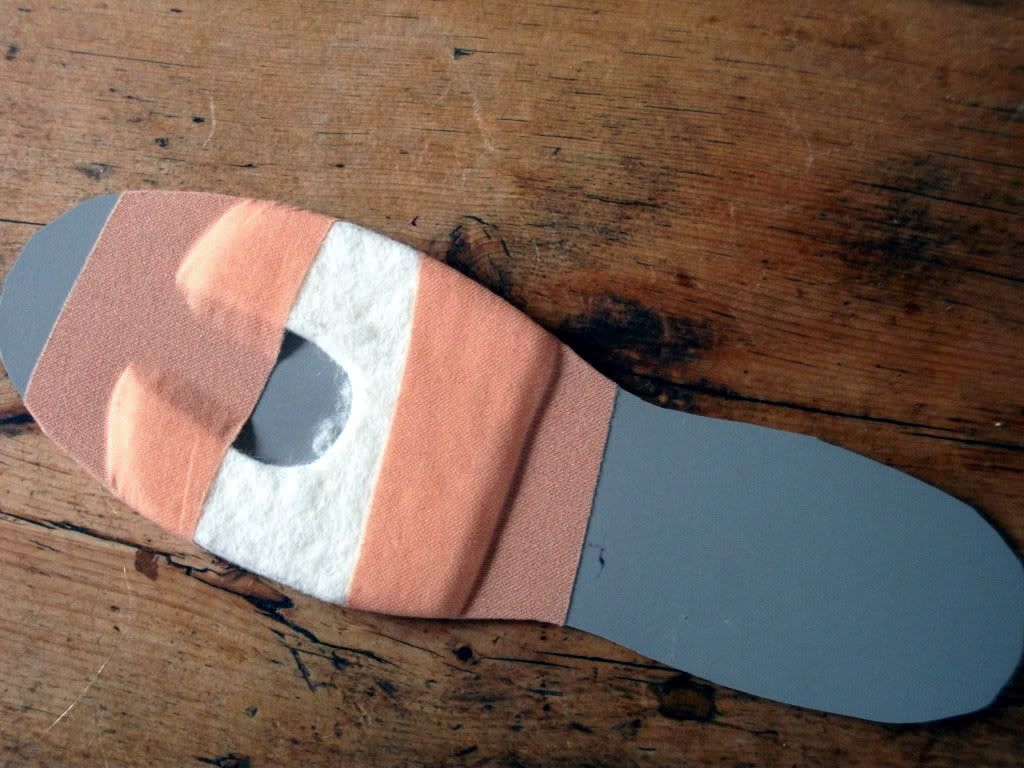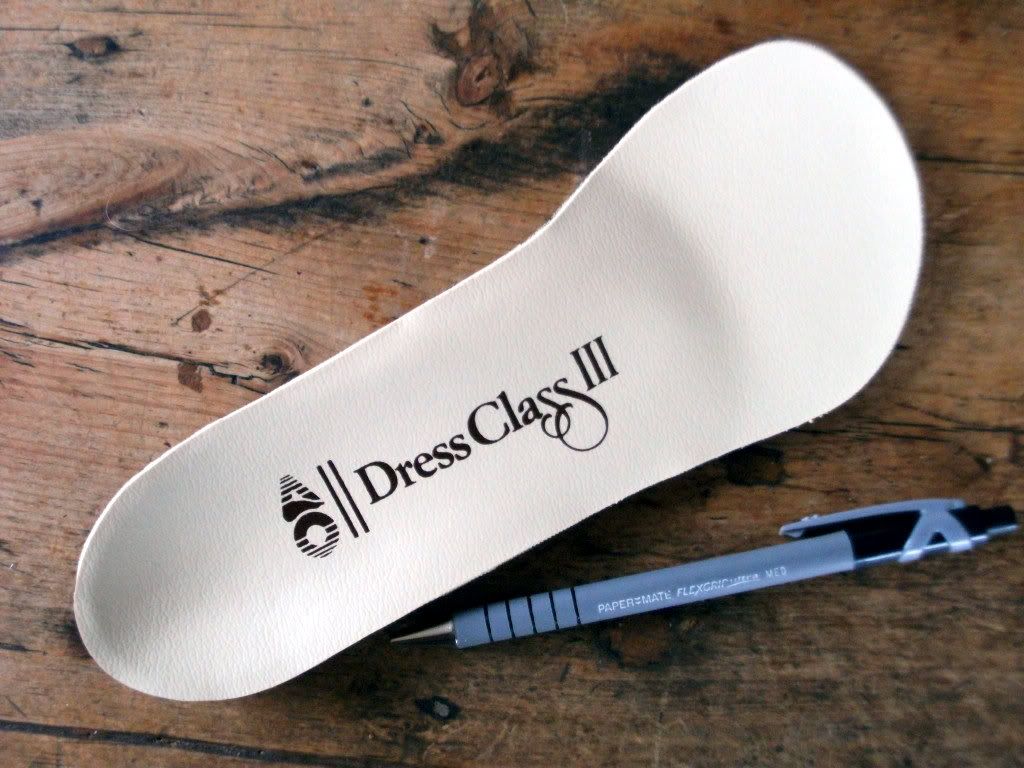Humans are bi-pedal. When we ambulate we need two functioning limbs to move effectively.
When we walk there is a cross-over point at which both feet are on the ground together
When we run only one foot is in contact with the ground at a time. But that foot is still very dependent upon the other leg and foot providing a stable support so that landing can take place.
I have seen many cases in practice where the patient or client has been provided with foot orthotics which do not provide optimum control (which is to say, the best and most comfortable control possible for that patient at that time). Sometimes (not always) care has been taken to construct one orthotic (for the injured foot or ankle) so that it fits the foot and works reasonably well. The other orthotic is almost an afterthought.
So what I'm really saying is - don't just look at the injury - look at the whole patient. Look at the uninjured leg and foot. Choose orthotic materials based on function, not cost. Does the patient or client need bespoke footwear? If so how many pairs? Factor in age and sex. A 20 or 30 year-old female needs more than two pairs of shoes (just ask one), a 50 year-old possibly not - but possibly so - check with the patient.
Bespoke footwear and foot orthotics are just one facet of effective rehabilitation after injury, but important nevertheless. In the NHS shoes and foot orthotics are often badly made and/or badly prescribed. Cost and staffing may be used as an excuse, when really there is no excuse.
Orthopaedics may get the idea, after shoes and orthotics have been fitted and found not to work well, that only another operation will work (I've been looking at a case like that this morning).
Good bespoke footwear and correctly made and functional orthotics can perform miracles in terms of getting patients to walk comfortably again after injury.
And don't forget the other leg!
When we walk there is a cross-over point at which both feet are on the ground together
When we run only one foot is in contact with the ground at a time. But that foot is still very dependent upon the other leg and foot providing a stable support so that landing can take place.
I have seen many cases in practice where the patient or client has been provided with foot orthotics which do not provide optimum control (which is to say, the best and most comfortable control possible for that patient at that time). Sometimes (not always) care has been taken to construct one orthotic (for the injured foot or ankle) so that it fits the foot and works reasonably well. The other orthotic is almost an afterthought.
So what I'm really saying is - don't just look at the injury - look at the whole patient. Look at the uninjured leg and foot. Choose orthotic materials based on function, not cost. Does the patient or client need bespoke footwear? If so how many pairs? Factor in age and sex. A 20 or 30 year-old female needs more than two pairs of shoes (just ask one), a 50 year-old possibly not - but possibly so - check with the patient.
Bespoke footwear and foot orthotics are just one facet of effective rehabilitation after injury, but important nevertheless. In the NHS shoes and foot orthotics are often badly made and/or badly prescribed. Cost and staffing may be used as an excuse, when really there is no excuse.
Orthopaedics may get the idea, after shoes and orthotics have been fitted and found not to work well, that only another operation will work (I've been looking at a case like that this morning).
Good bespoke footwear and correctly made and functional orthotics can perform miracles in terms of getting patients to walk comfortably again after injury.
And don't forget the other leg!

